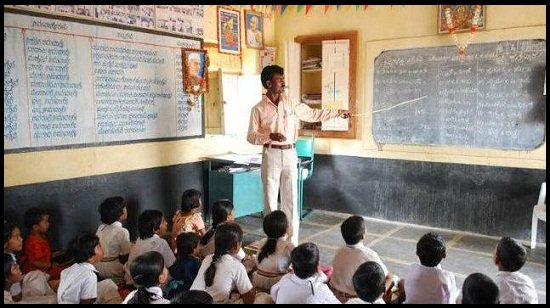Reservation for Tribal Teachers
(PAPER – 2 INDIAN & TRIBAL ANTHROPOLOGY)
Context:
A five-judge Constitution Bench of the Supreme Court held it unconstitutional to provide 100% reservation for tribal teachers in schools located in Scheduled Areas across the country.
Key Highlights of the Judgement
- The case stemmed from a legal challenge to January 10, 2000 order issued by the erstwhile State of Andhra Pradesh Bench providing 100% reservation to the Scheduled Tribe candidates, out of whom 33% (1/3rd)shall be women, for the post of teachers in schools located in the Scheduled Areas of the State.
- Now, the court held that 100% reservation is discriminatory and impermissible. The opportunity of public employment is not the prerogative of few.
- A 100% reservation to the Scheduled Tribes has deprived Scheduled Castes and Other Backward Classes also of their due representation. The court referred to the Indira Sawhney judgment, which caps reservation at 50%.
- The court noted the 2000 notification was a “misadventure” the erstwhile State had embarked on to save an identical one issued in 1986. The 2000 notification was given retrospective effect to bring to life to its predecessor of 1986. The government is “duty-bound” to periodically review the reservation process to ensure that the benefits “trickle down and are not usurped by” the affluent in these categories (OBCs and the SC/STs).
RESERVATION IN INDIA
Reservation is primarily given to 3 groups: Scheduled Castes, Scheduled Tribes, and Other Backward Classes, abbreviated as SC, ST, and OBC respectively. These are groups that have faced social and economic discrimination in the past and/or the present and were severely underrepresented in public life.
Originally reservation was only given to SCs and STs but was later extended to OBCs in 1987 after the implementation of the Mandal Commission report.
Today anyone whose forefathers belonged to ST/SC community gets the benefits of reservation irrespective of his presen socioeconomic status.
There are income caps on EWS (Economically weaker sections) and OBCs (Other backward classes).
How effective has been this reservation system in India?
It is observed that even after 70 years of reservation the backward classes haven’t been benefitted the way they should have been and reservation keeps getting extended after every 10 years. One of the major reasons for this is no income cap on ST/SC reservations unlike OBC and EWS reservations where there is an income cap so that once a person is benefitted by reservation and is capable of earning a livelihood, he is no longer entitled to reservation.
As there is no concept of creamy layer in ST/SC reservations, even the son, grandson and great grand son of any other class A officer gets the benefits of reservation who himself got reservation.
So majority of the benefits get siphoned off by the affluent ST/SC’s and are not able to percolate to the lower strata. Even the Supreme Court has directed the central government to introduce creamy layer concept in ST/SC reservation, but this is not possible because of vote bank politics.
Reservation for Tribal Teachers
👉 Join: VISHNU IAS ACADEMY FOR UPSC CSE for an update
👉 Join: AnthroMaster for Anthropology updates
👉 Join: General Studies Prelims and Mains 2020&2021 for updates
👉 Join: Anthropology Discussion for Anthropology doubts.



